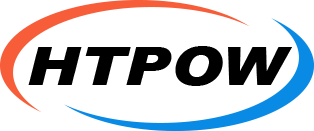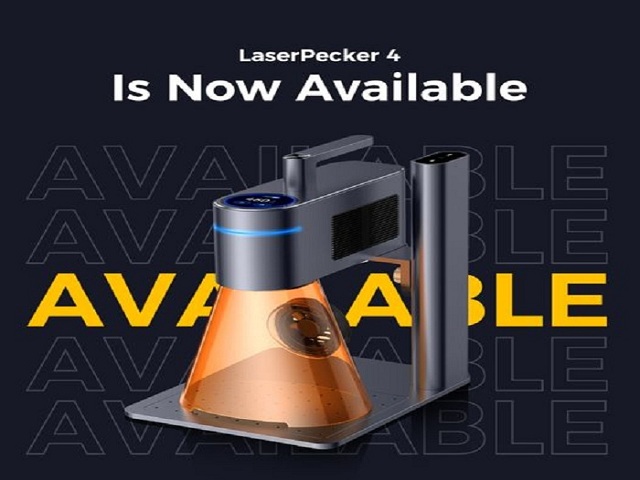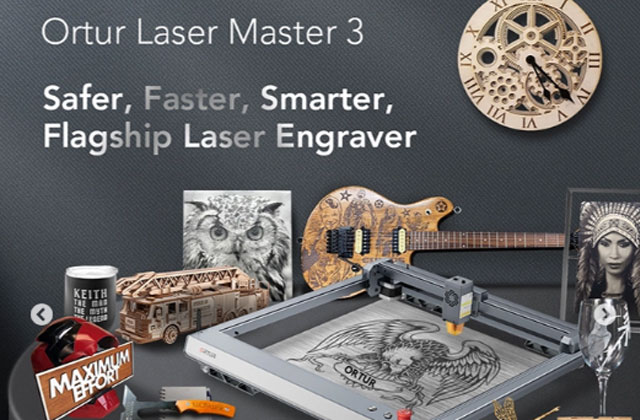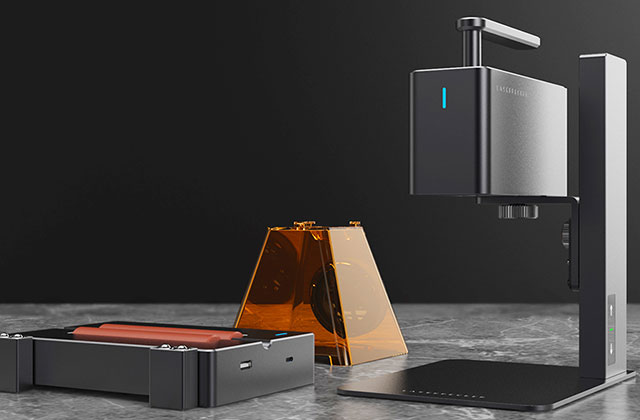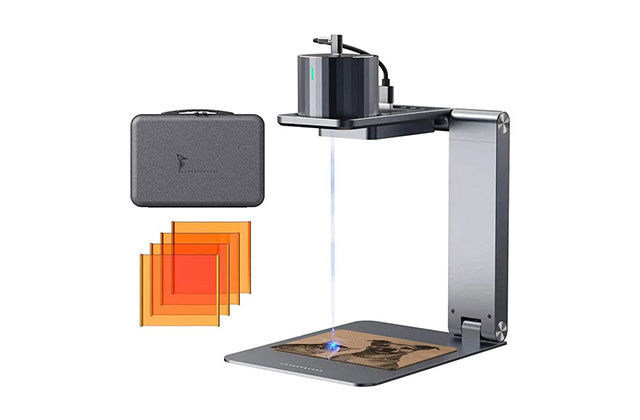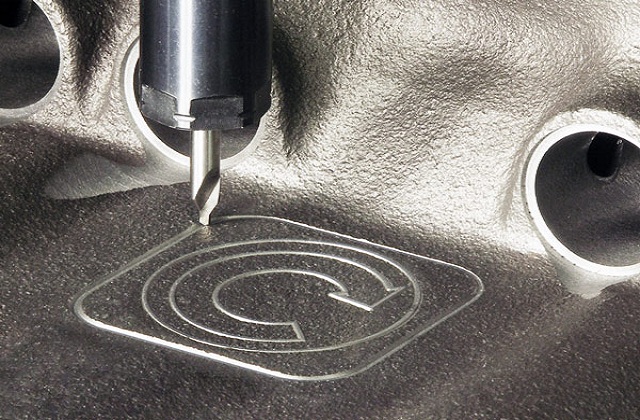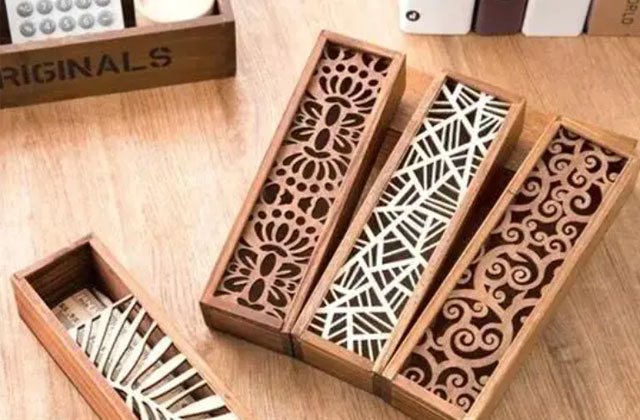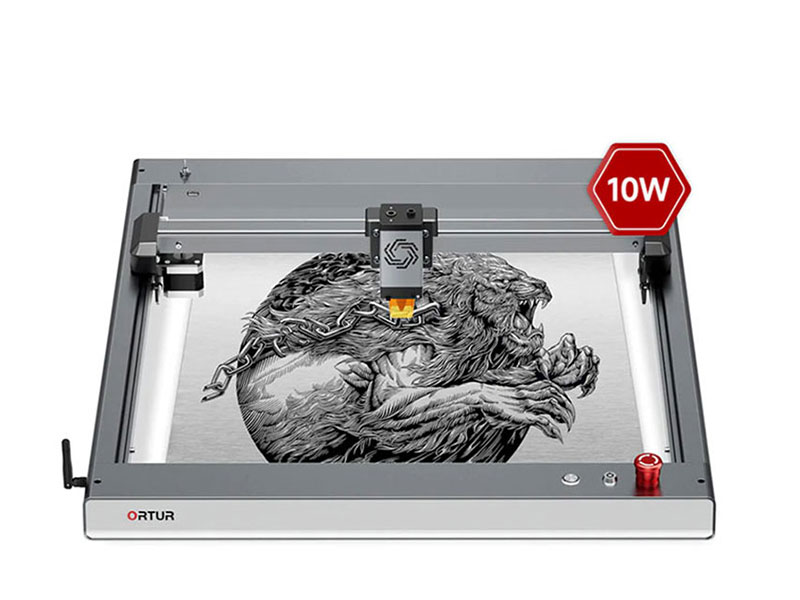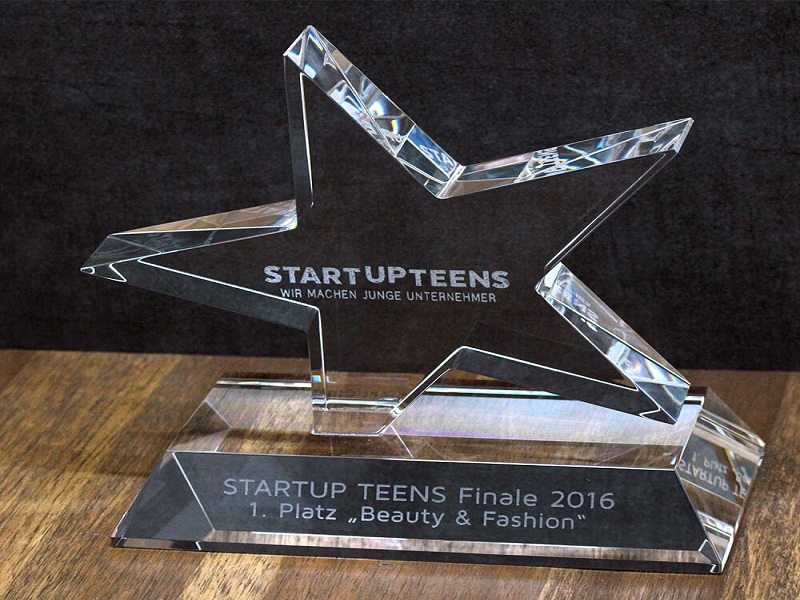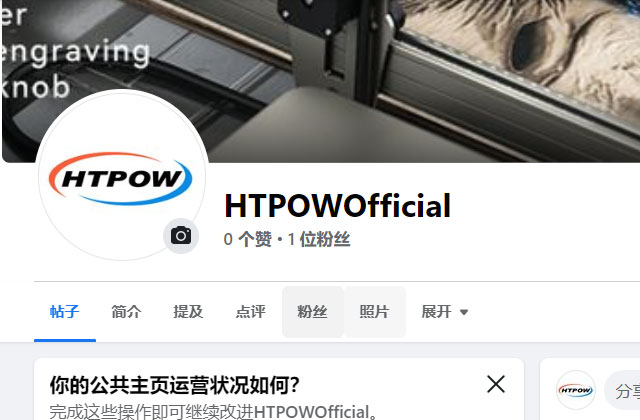At first glance, a 3D printer and a laser engraver or cutter may appear to work in completely different ways. A closer look, however, revealed more similarities than initially assumed.
These devices were originally developed for large third-party companies that customize products for corporate and private clients. In the process of technological advancement, equipment has become smaller and smaller and is now also available to end users and small companies, for example for the production and engraving of special objects.
Both types of equipment are computer-assisted. Projects are carried out using computer programs. In 3D printing, programming is critical to the shape of the product to be manufactured. This enables users to create and edit entirely new objects, toys, equipment and projects. With laser cutting and laser engraving, programming ensures that the laser is set correctly, e.g. text and graphic elements are perfectly centered on an object, or 3D letters are cut out rather than engraved for signage.

In the early days, both laser engravers and 3D printers were very expensive, making these systems only suitable for those who could afford them and companies that used them regularly. There are a wide variety of cheap 3D printer on the market today. Creality is a well-known manufacturer of 3D printers on the market today, with some models priced as low as $300. At the same time, professional 3D printers can still cost thousands of dollars depending on the quality and features. The Creality Sermoon D3 costs as much as $2,500, making it Creality most expensive 3D printer right now. Laser engraving machines can also be expensive to buy, but they have also become more affordable in recent years. Some companies also offer cheap laser engraving machine rentals.
The differences between the two devices are obvious. In 3D printing, the entire object is printed. Sculpfun laser engravers etch and engrave logos, barcodes and promotional graphics on objects. They can also be used to cut parts for prototyping and 3D modeling. Almost any material can be engraved, such as wood, plastic, glass, metal, rubber, and more. When it comes to 3D printing, users are mostly limited to plastics, although there are big companies pushing the boundaries of 3D printing in metal, glass and even concrete.
3d Printing
3D printing is an additive manufacturing process in which 3D objects are built from layers of material on top of each other.
Using CAD (Computer Aided Design) programs, 3D objects of almost any shape imaginable can be created. Depending on the size and capacity of the printer, objects can be very small or the size of an entire building. One of the advantages of additive manufacturing compared to conventional manufacturing processes is the particularly short production time. Objects can also be adapted to different uses.
With increasing sophistication and efficiency, 3D printing has gained prominence over the past few years, opening up new and exciting ways to manufacture parts of various products or entire devices, spanning a wide range of industries. These printers can produce parts and objects more cheaply than traditional manufacturing methods.
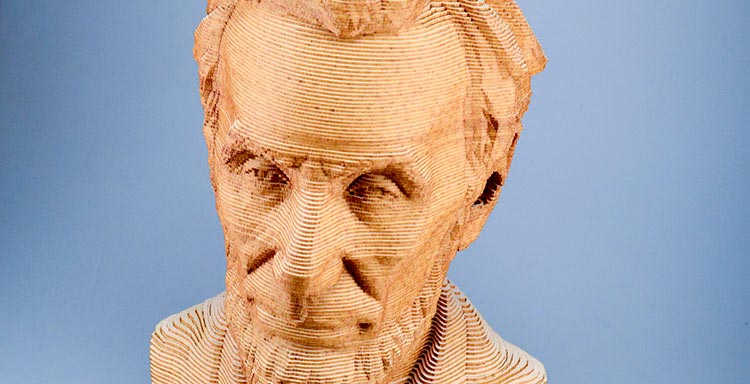
What products can be manufactured using 3D printing? Actually almost everyone.
Adidas uses 3D printers to create custom soles to ensure a better fit for customers. The U.S. Navy recently 3D printed a submersible hull for a future military vehicle. Some companies are using 3D printing to make parts for aircraft and spacecraft, while others are using the technology to make lower-cost healthcare products and prosthetics. Even the third thumb is 3D printed. On a scientific level, 3D printers are used to print stretchable skin parts for robots, tractor beams like in Star Trek, microscopes for developing countries and wearables for monitoring body temperature.
And that's just scratching the surface of innovation. Not to mention the possibility of homemade toys. Toys may be the largest segment of 3D printing, and by 2020, its enormous potential could have a major impact on the multi-billion dollar toy market.
Laser Engraving
Laser engraving is a process in which a laser beam partially ablates the surface of a material to create an image that can be seen and felt. During the engraving process, the laser produces high temperatures that vaporize the material. Laser beams can also be used to cut a variety of materials, including wood, acrylic, leather, cork, and more.
While the process used to focus only on trophies, prizes and promotional items for larger companies or stores, today smaller companies also rightly rely on laser engraving. This is also due to the rise of makerspaces and e-commerce sites like Etsy. Various products can be individually engraved with the Sculpfun S10 laser engraver. This includes jewelry, craft supplies, writing implements, tools, wallets, glass items, photos, smartphone cases, musical instruments, and more.
Laser engraving is most often used to personalize objects with logos, brands or names. The increase in personalization has led to the widespread use of laser engraving. Countless small businesses use this technique to produce very special items for weddings, birthdays, anniversaries, special corporate events or promotional gifts. Since the Sculpfun S30 Pro Max can also cut materials, this laser system is also gaining popularity for making prototypes, architectural models, and more.
Recently, laser engraving has become a big market and industrial companies are also interested. They use the process to engrave serial numbers, time stamps, part number and component labels, etched barcodes, labels with DataMatrix codes, branding and industry-specific coding.

With the help of laser engraving, industrial companies create an additional layer of security for equipment or products, prevent fraud and simplify monitoring and tracking of their inventory
Industrial companies and small businesses are increasingly adopting laser engraving technology, growing at a compound annual growth rate of 5.5 percent in the five years to 2016, according to market research firm IBIS World. As availability increases and prices drop, laser engraving is expected to drive sales and shipments over the next five years, making equipment affordable for many businesses.
There are many types of laser cutters/engravers with different capabilities. However, most are suitable for etching or marking the surface of almost any material, including metals. This is true across the entire spectrum, from small, inexpensive devices designed to engrave small objects to larger machines capable of engraving multiple objects at once.
